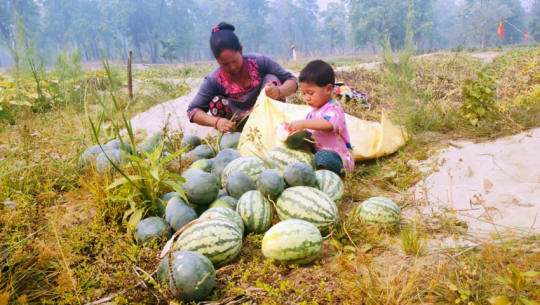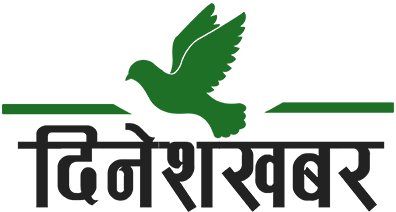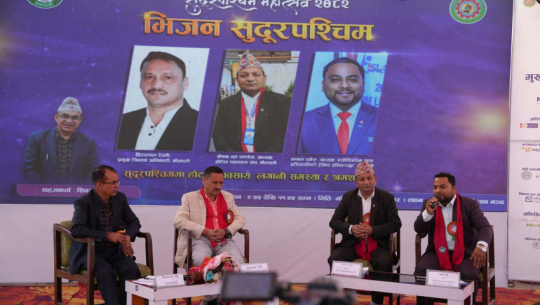Over 200 families sustain livelihoods through watermelon farming in Shuklaphanta

Kanchanpur: More than 200 families in Shuklaphanta Municipality are earning their livelihoods through watermelon cultivation along the Siali River basin.
Among them, Bandhu Chaudhary of Pipaladi, Shuklaphanta Municipality-3, has been engaged in watermelon farming for the past 15 years. Watermelons, planted in the month of Magh, are ready for sale by the last week of Chaitra. “Earlier, we used to transport watermelons by bicycle and bullock carts, often exchanging them for wheat,” Chaudhary recalled. “Now, we transport them in autos and sell directly at markets in Mahendranagar, Jhalari, Attariya, and other towns, making it easier to earn money.”
Residents of Jonapur and Pipaladi in Ward No. 3, as well as locals from Ward No. 4, Asaina, have taken to cultivating watermelons. Farmers divide the river basin land into equal parts, growing watermelon, gourd, cucumber, and pumpkin. According to local Budhram Chaudhary, each family typically cultivates four to five katthas of land, earning between Rs 100,000 and Rs 120,000 per season.
The planting of watermelon, gourd, and cucumber begins in the first week of Magh, with cucumbers and gourds ready for sale from Falgun. “We have to wait until the last week of Chaitra to sell watermelons,” said farmer Lalu Chaudhary. However, cultivating crops in the Siali River basin, which borders Shuklaphanta National Park, comes with challenges. Farmers must guard their fields day and night to protect the produce from wild animals. “We spend our days irrigating, fertilizing, weeding, and fencing, and our nights guarding the plants,” shared Chhalli Chaudhary.
Farmers still rely on the Indian market for seeds and have called for government support, including subsidies for seeds, chemical fertilizers, pesticides, and irrigation equipment. Inspired by farming practices observed among Indian farmers across the border, local farmers ventured into cultivation.
Local resident Hinglal Chaudhary said that income from the basin farming has helped cover household expenses and children's school fees throughout the year. “We have been farming here for 15 years without any external support,” he said. The number of farmers working across the bogs of the Sally, Sanbora, and Doda rivers now exceeds 200.













